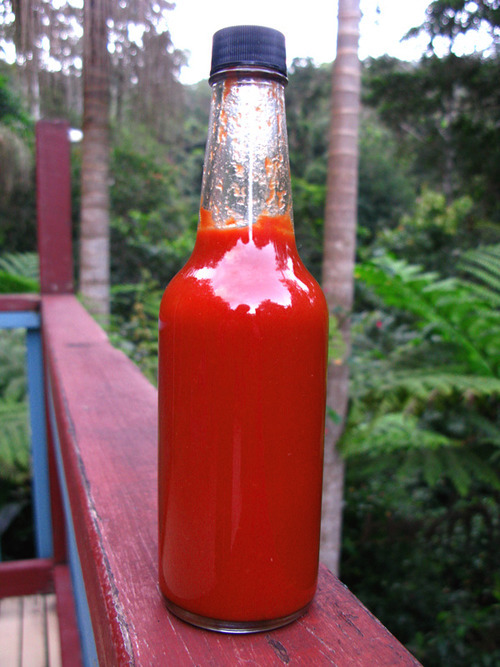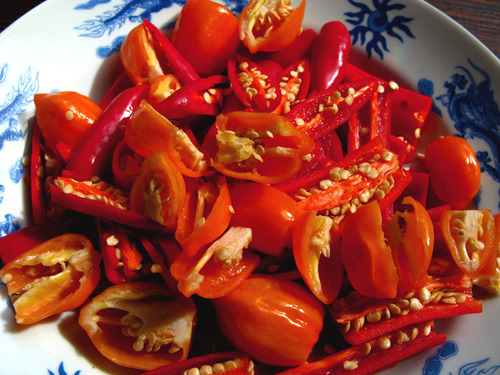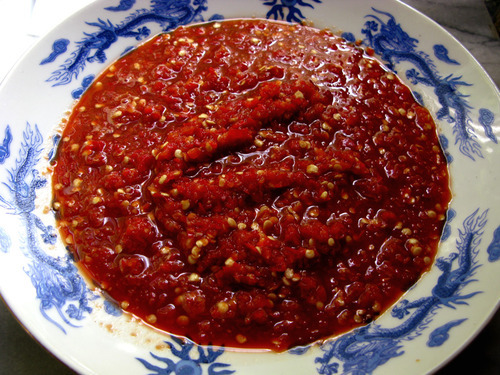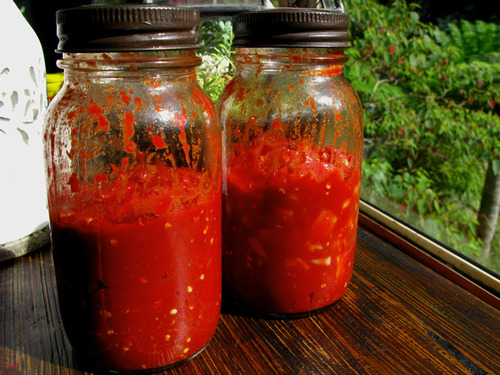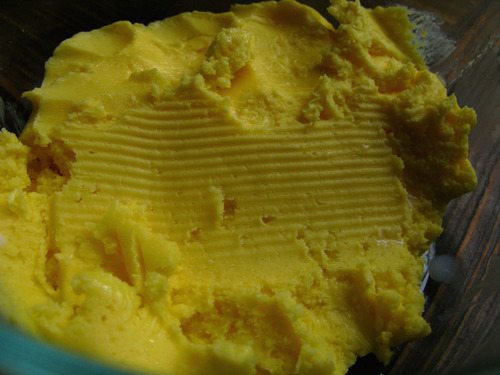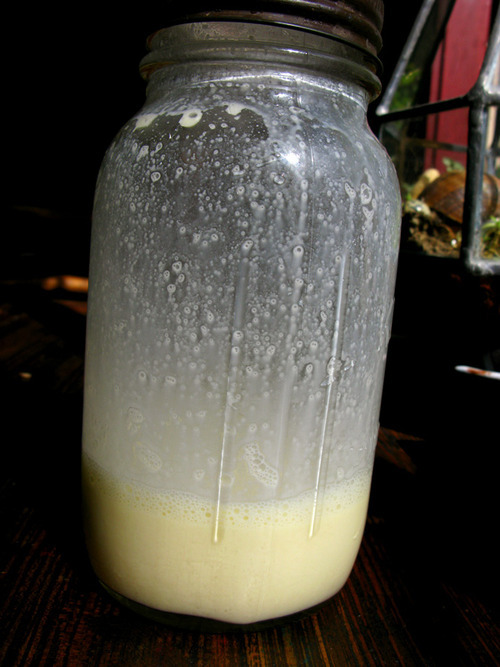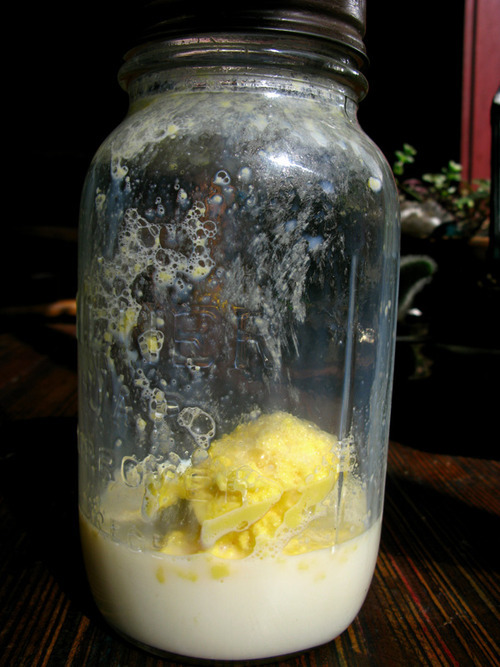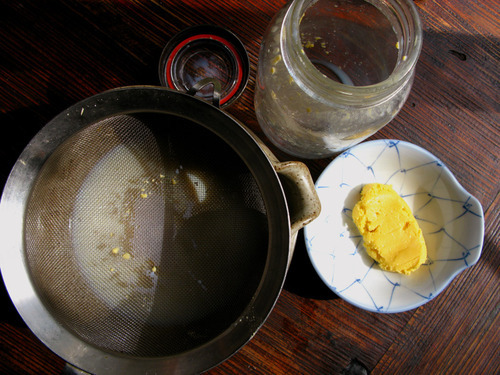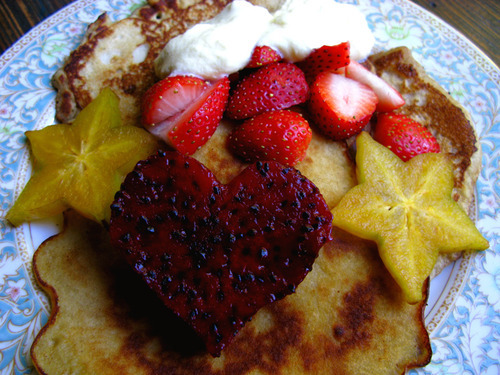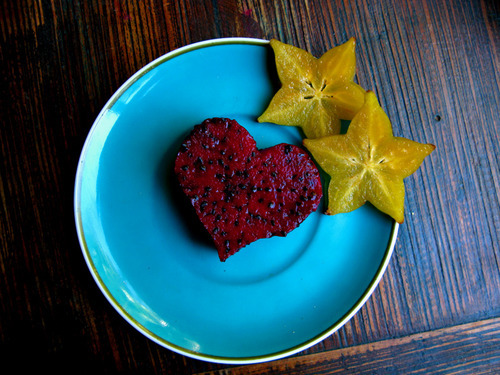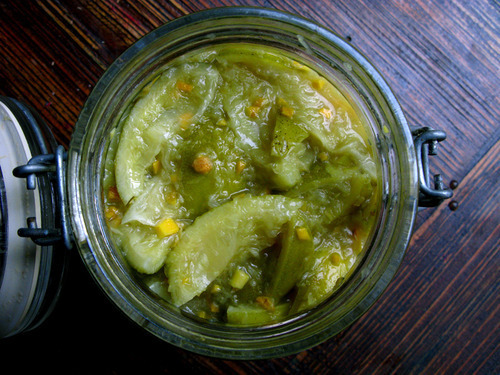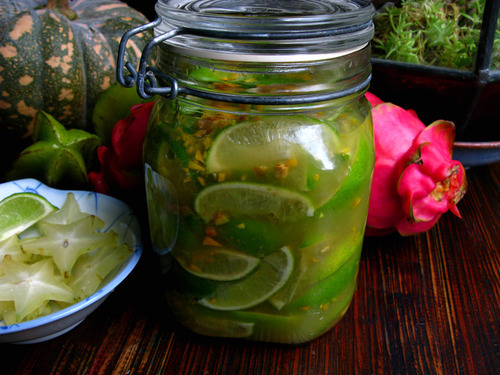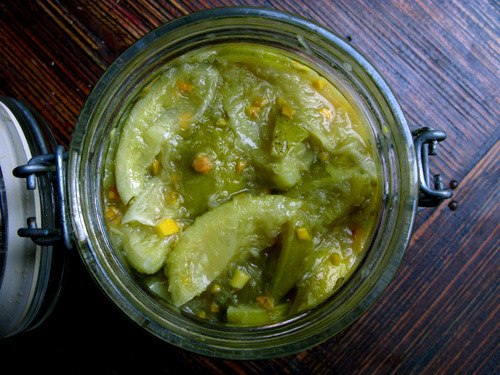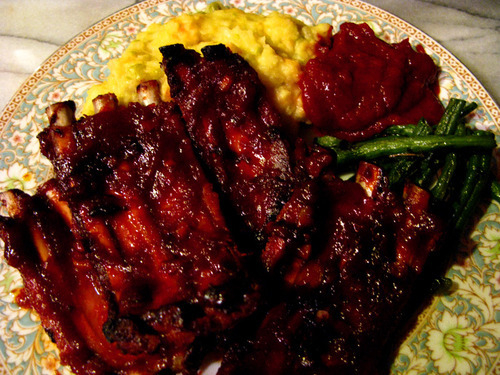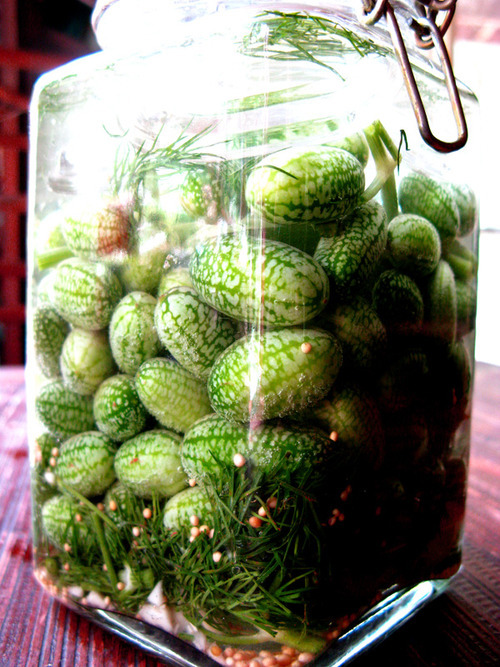Lime Pickle - Update 2
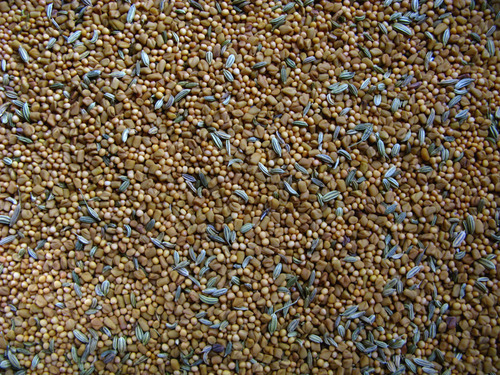
Primary fermentation is complete, so it’s time to add the spices to give this pickle that true Indian flavour. First the fenugreek, mustard, and fennel seeds are dry fried, crushed with a mortar and pestle, then the other spices are assembled.
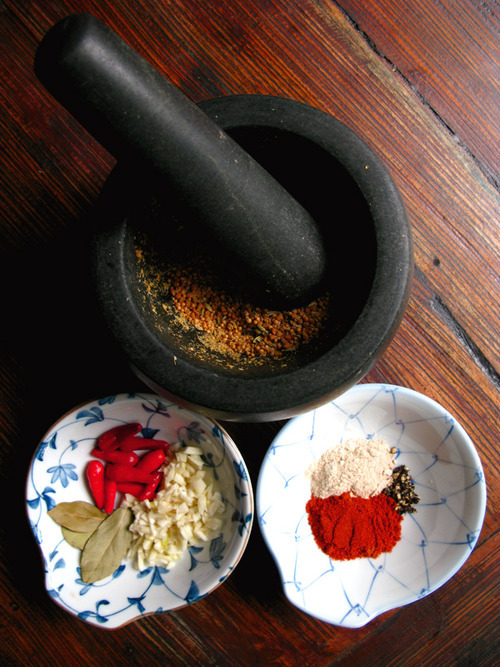
These are fried in coconut oil, and then added to the fermented lime and turmeric mix when they are cooled as per the instructions in the original post http://celestialroots.tumblr.com/post/84301057498/indian-lime-pickle
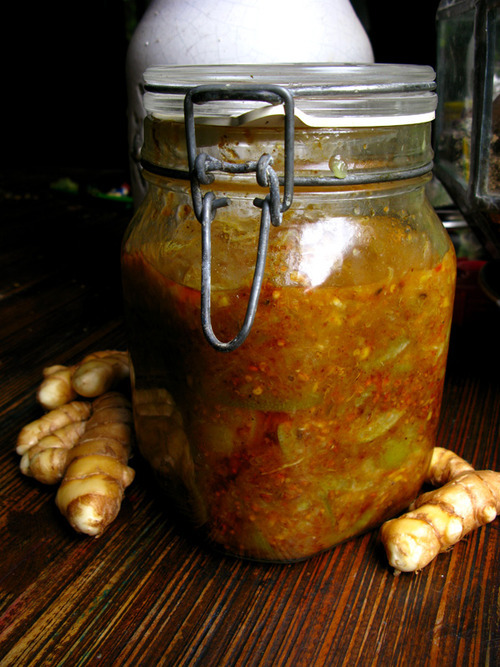
This will need to ferment for a further two weeks out on the bench. After that, it is ready to enjoy. For a little sweetness, some raw honey may be added at this stage, or after the secondary fermentation.
